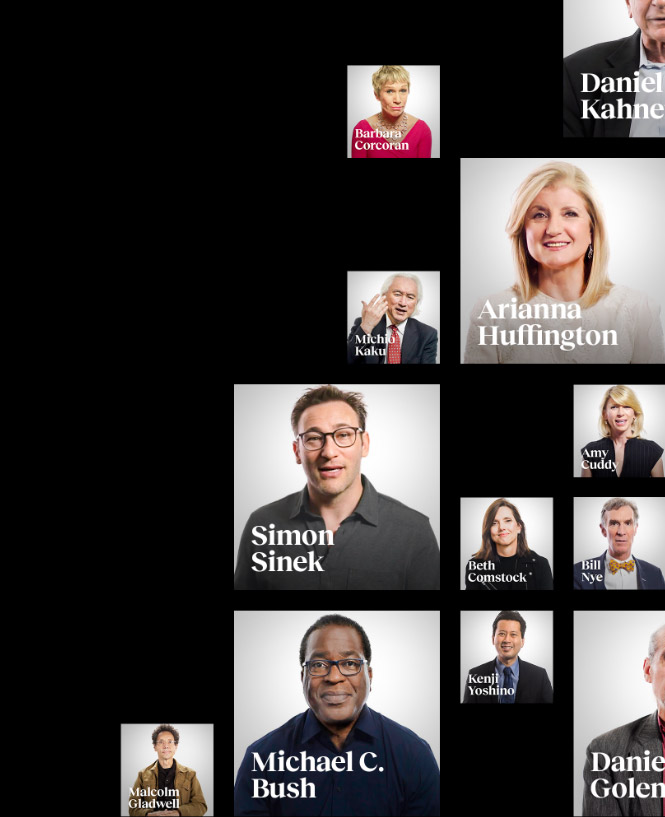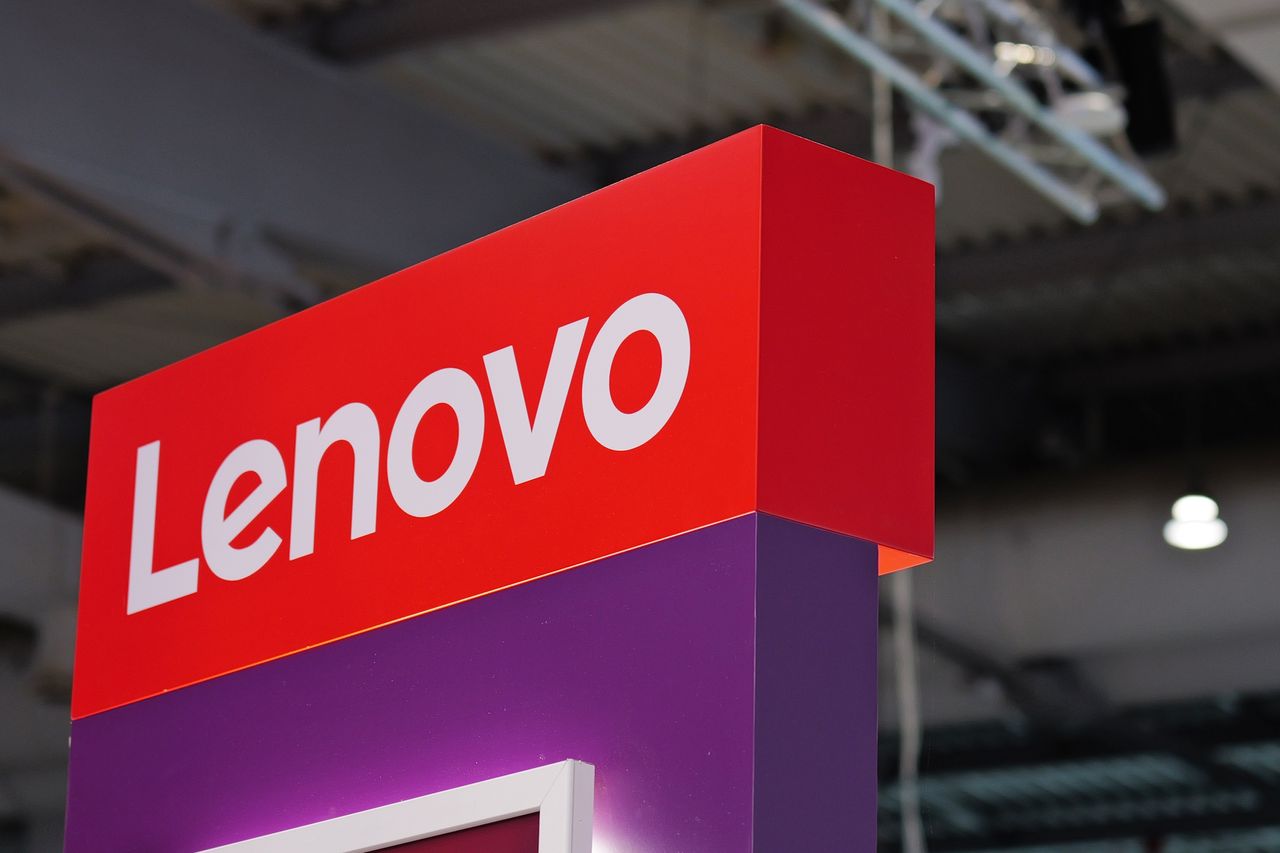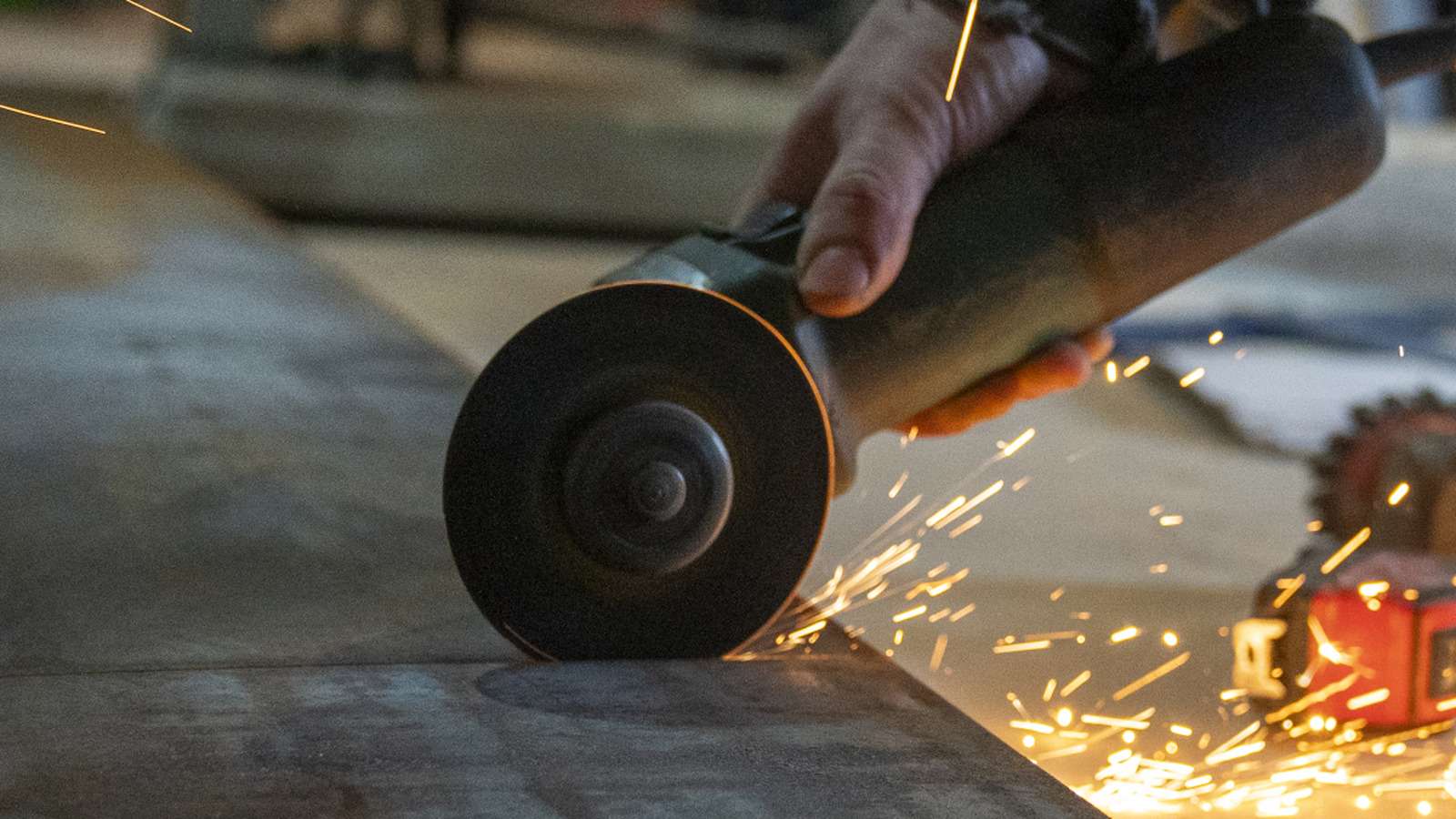 Amazon / Charles Schwab / Nvidia / Big Think
Key Takeaways
Amazon / Charles Schwab / Nvidia / Big Think
Key Takeaways
- Nvidia CEO Jensen Huang believes the failures that nearly sank his company weren’t detours on the way to success — they were the engine.
- Each crisis forced the Nvidia team to rethink, redesign, and innovate at a pace that steady success never would have demanded.
- Charles Schwab is among dozens of founders and CEOs who transformed personal struggles into strategic advantages.
Richard Branson told me the single most important lesson he wished he’d learned at the beginning: the willingness to turn setbacks into superpowers and wounds into wisdom. It was hard to imagine his earlier challenges while sitting with him in the hot tub on his private island in the Caribbean, but there have been many that he’s not only survived, he’s better off. It’s the same theme I’ve heard after coaching, mentoring, and serving on boards with hundreds of CEOs worldwide — from Charles Schwab to Jensen Huang. No matter their industry, the leaders who endure never attribute their success to flawless planning and careers. They point instead to the genius and insights that came from the moments that went wrong — and how often they tried harder each time.
Setbacks as superpowers
Nvidia’s Jensen Huang told me: “Winners lose more often than losers. Winners try more things, more often, fail faster, and get smarter each time. Losers don’t harvest any of that genius.” He shared those insights with me at Stanford in 2010, during the opening of the Jen-Hsun Huang Engineering Center, when Nvidia’s market value was just $8.2 billion. Fifteen years later, in 2025, Nvidia became the first company in history to surpass a $4 trillion market capitalization — a nearly 500-fold increase.
“What we need are leaders who can take a punch and come back with a better plan.”
Amazon CEO Andy Jassy
Huang insists that the trajectory was anything but smooth. Product flops, near-misses, and cash crises nearly sank the company. But he claims that those failures weren’t detours on the way to success — they were the engine, helping them power in a better direction faster. Each stumble forced Huang’s team to rethink, redesign, and innovate at a pace that steady success never would have demanded. Nvidia has created more billionaires among its ranks than any other company. They will tell you that the setbacks became accelerants, pushing Nvidia to release new products with greater urgency, clarity, and conviction.
Why wounds matter
Even when the challenges are permanent, not temporary mistakes, a so-called disability often lights the path to fresh approaches to uniquely successful ventures. Charles Schwab is among dozens of founders and CEOs I’ve met whose personal struggles became strategic advantages. He battled dyslexia, a challenge that nearly ended his academic career before it began. Instead of hiding it, he leaned into it — finding an ironic connection with how much the average investor was suffering trying to understand Wall Street. While experts made investing obscure, Schwab recognized that it should be simple and accessible, creating the first ever online stock trading platform well before it became an everyday utility. His setback became his strategy: the very obstacle that once threatened to hold him back gave him clarity, urgency, and the conviction to reinvent how millions of Americans invest. I had the privilege of being at his side when that happened.
Boards want CEOs who can take a hit
Amazon CEO Andy Jassy won founder Jeff Bezos’ trust and commitment by echoing that truth: “Every important lesson I’ve ever had as a professional … has been a mistake that I’ve made or been a part of.” After all, he added, “We can find smart people anywhere. What we need are leaders who can take a punch and come back with a better plan.”
That ability doesn’t just restore confidence. It accelerates progress. Teams rally around leaders who admit mistakes, share lessons, and use setbacks as springboards. Boards and investors value executives who treat adversity as data for the next breakthrough.

 Try Big Think+ for your business
Engaging content on the skills that matter, taught by world-class experts.
Request a Demo
Try Big Think+ for your business
Engaging content on the skills that matter, taught by world-class experts.
Request a Demo
If you want to be CEO Ready, as I share with co-author Byron Loflin in our latest book, start cultivating this mindset now:
- Harvest your failures. After any mistake, ask: What’s the tuition I just paid? What new solution does this point me toward?
- Trust your flaws. Don’t hide weaknesses. Use them to build diverse teams, simplify products, and connect authentically with others.
- Convert pain into purpose. Let obstacles sharpen your sense of urgency and highlight opportunities hidden in plain sight.
The bottom line
The greatest CEOs don’t see setbacks as interruptions to their story — they see them as the story. Every failure forces a choice: deny it, or use it. Those who endure don’t just recover; they reframe the problem, build something new, and likely move faster than the competition ever expected.
That’s why Branson urges leaders to turn wounds into wisdom, and why Huang drives his team to lose more often than losers. A scar isn’t a reminder of failure — it’s a blueprint. And the next breakthrough won’t come from your victories. The genius is hidden in the struggles you’ve endured, waiting for the courage to dig it out.
Tags Executive Presenceleadershiplifelong learning Topics The Vision In this article Executive Presenceleadershiplifelong learning Sign up for the Big Think Business newsletter Learn from the world’s biggest business thinkers. Subscribe



